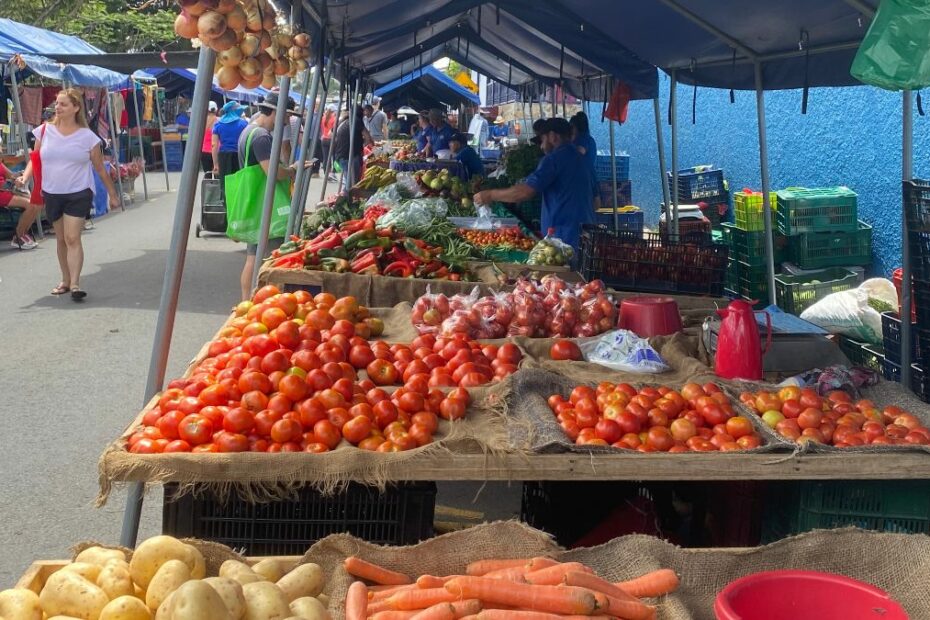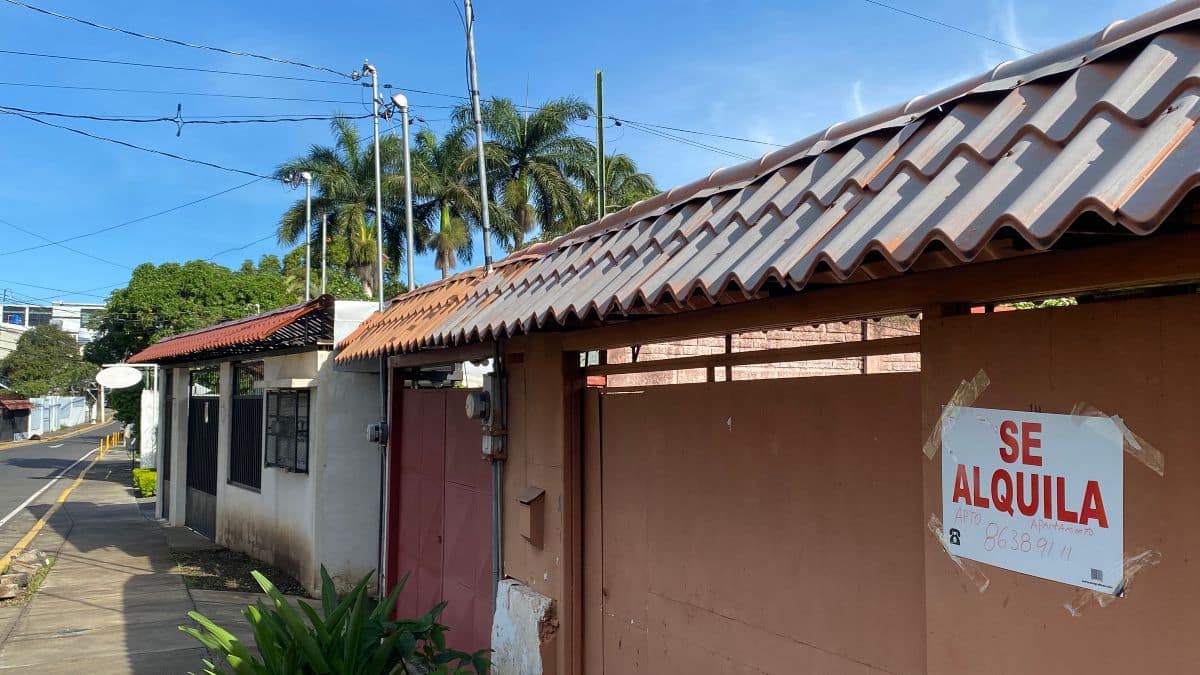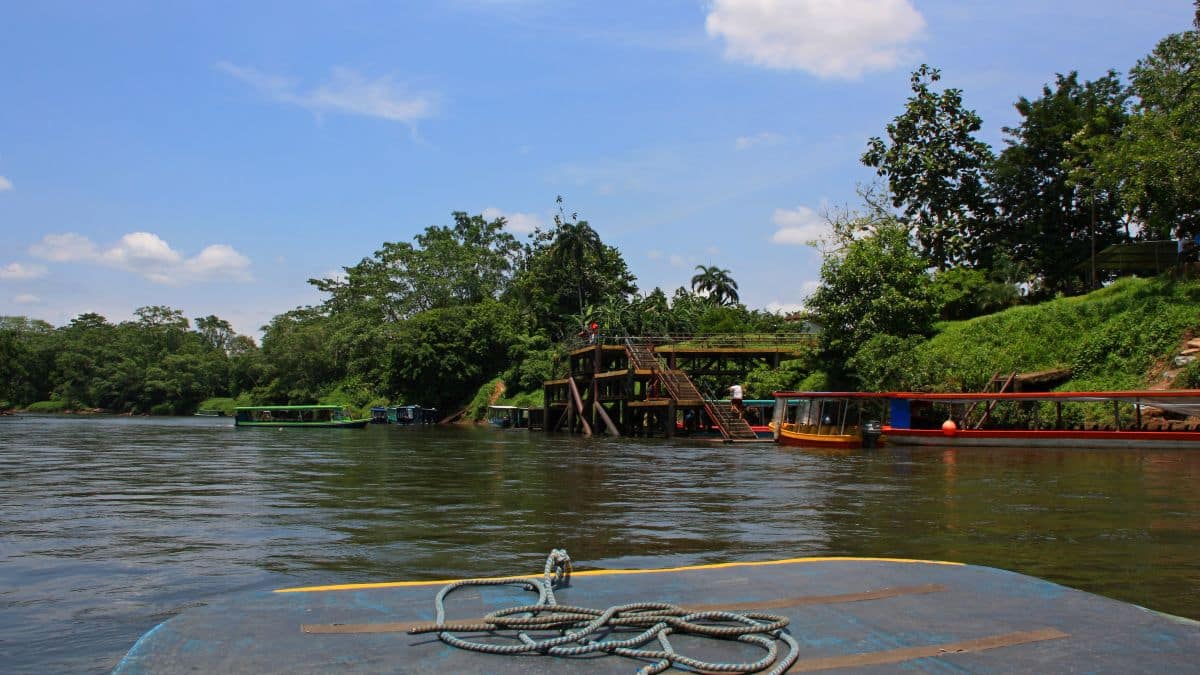It’s not easy finding great vegetarian food in Costa Rica (although it’s much easier than it used to be). Here are some tips for avoiding malnourishment, food envy, social awkwardness, and other omnivorous afflictions.
“I hope you like rice and beans,” is what most people say when you tell them you’re going to Costa Rica as a vegetarian. And when you arrive, you’ll get a few surprised reactions from Ticos. “You don’t even eat chicken?” “What about fish?”
But not eating meat in a country where meat is a huge part of the diet staple doesn’t have to be a deal-breaker. Being vegetarian in Costa Rica is no longer the oddity it used to be even ten years ago. You’re definitely no longer alone.
Here are five tips on how to eat the best vegetarian food in Costa Rica while still not missing out on all the fresh and delicious local food this country has to offer:
1. Be spontaneous
Even in restaurants with limited vegetarian fare, you can find at least one fail-safe, if not boring, veggie option. Arrabiata pasta and vegetable risotto come to mind as the token done-to-death, meat-free options in North America or Europe. But in Costa Rica, this is not always the case. On many menus, vegetarian dishes are not even an afterthought but forgotten about altogether.
When this happens, you need to get creative.
One way could be to choose a dish you like the sound of but order it sin carne (without meat). One of the best meals I had in Costa Rica involved a pork taco, without the pork. Instead, the chef salted up a huge variety of vegetables, which I enjoyed with the dish’s usual accompaniments.
Sometimes the chef will be happy to offer you a ‘vegetarian platter’, which might be an assortment of veggies with rice or root vegetables. This requires you to invest a certain degree of trust as you don’t know what you’ll get. But you should be pleasantly surprised.
View this post on Instagram
2. Eat local
Identify meat-free meals at local restaurants to rule out any confusion, especially when ordering in Spanish. Gallo pinto (rice and beans) or vegetarian casados (typical lunch plate) are general good go-tos. Be aware you need to ask for a vegetarian casado, as the regular always comes with meat.
Try ordering patacones, a side dish (boca) of fried plantains with toppings like guacamole, cheese, and beans. Portion sizes are generous in Costa Rica, and you’ll often find that a few of these giant hand-sized disks are a meal in themselves.
Let street food be your friend. Cheap and simple, beach sellers often sell meat-free baked goods, like empanadas or pupusas, which hit the spot after a long day surfing or lounging. Likewise, fruit juices provide a refreshing snack. Found everywhere, you can blend them with milk, yogurt, or water, to suit your taste.
Costa Rica and Nicaragua both claim gallo pinto as a national treasure. Both say it was invented in their land. But which country’s gallo pinto is actually better?https://t.co/naqr5NiNkP
— Central America Living (@VidaAmerica) April 8, 2019
3. Do your research
If you can’t live without your meat-free alternatives, there will be some kind of vegetarian or vegan restaurant in the more touristy areas. In fact, in some areas (Nosara, Santa Teresa, Tamarindo, etc), it might be harder to find a non-veggie restaurant!
Catered to travelers who need their tofu on tap, you can find restaurants that suit all different cuisines and diets. Use sites like HappyCow to track these down. Social media is also useful, with Facebook groups like Comunidad Vegan Costa Rica out there to lend you a hand.
Outside of the major cities and tourist areas, you might well out of luck, though. Finding vegetarian food in Costa Rica doesn’t often stretch to specialist eating spots once you’re off the beaten path.
The higher-end supermarket chains like Auto Mercado and Fresh Market also sell dairy-free milk, cheese, and the like. But you need to realize they’re expensive. Much more expensive than their counterparts in the US or Europe.
We need to get to Costa Rica ASAP! 😋 https://t.co/MwLB7Tfuli
— HappyCow (@HappyCow) March 14, 2022
4. Do it yourself
If you’re in Costa Rica for a while and have access to a kitchen, then what better way to learn the local cuisine than by cooking for yourself?
On weekends, local ferias (markets) take place all around the country. Not only are they more than half as cheap as the supermarkets, but the quality is better too. There are even specific vegan ferias in some areas, too.
Among the hustle and bustle of stalls, a universe of food opens to you. Yuca, camote, chayote, mamon chinos, guanabana—the list goes on. You won’t know what most things are to start off, but they’re fun to experiment with all the same.
Keep an eye out: Whole Foods will market many of these as the latest superfoods within the next few years.
View this post on Instagram
5. Be flexible
Lastly, keep an open mind. People are laid back in Costa Rica. They won’t take offense if you ask questions or be picky. I’ve ordered things specifically without meat before, only to find that the bacon has crept its way in by the time it reaches the table. Smile, politely send it back, and get a new one. Tranquilo.
As a side note, a part of being flexible is to understand that they prepare many meals in animal fat in Costa Rica, with gallo pinto being a prime example. Cheeses in restaurants will not be vegan. Don’t expect the chef to use a pan or griddle for your veggie burger that hasn’t cooked a “real” burger a second before. Unless you’re in a specific vegetarian or vegan restaurant, your food will most likely be cooked amid those animal juices. Harsh but true.
View this post on Instagram
As you can see, finding good vegetarian food in Costa Rica isn’t hard
It used to be harder, but now it’s as easy as anywhere else providing you’re willing to do some research and be flexible. Remember, you’re not alone – many thousands of other tourists, expats, and Costa Ricans are also vegetarian nowadays. You’ll certainly be able to eat well in Costa Rica and enjoy Tico cuisine with a veggie twist!



